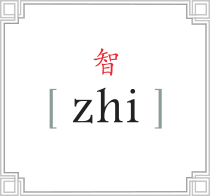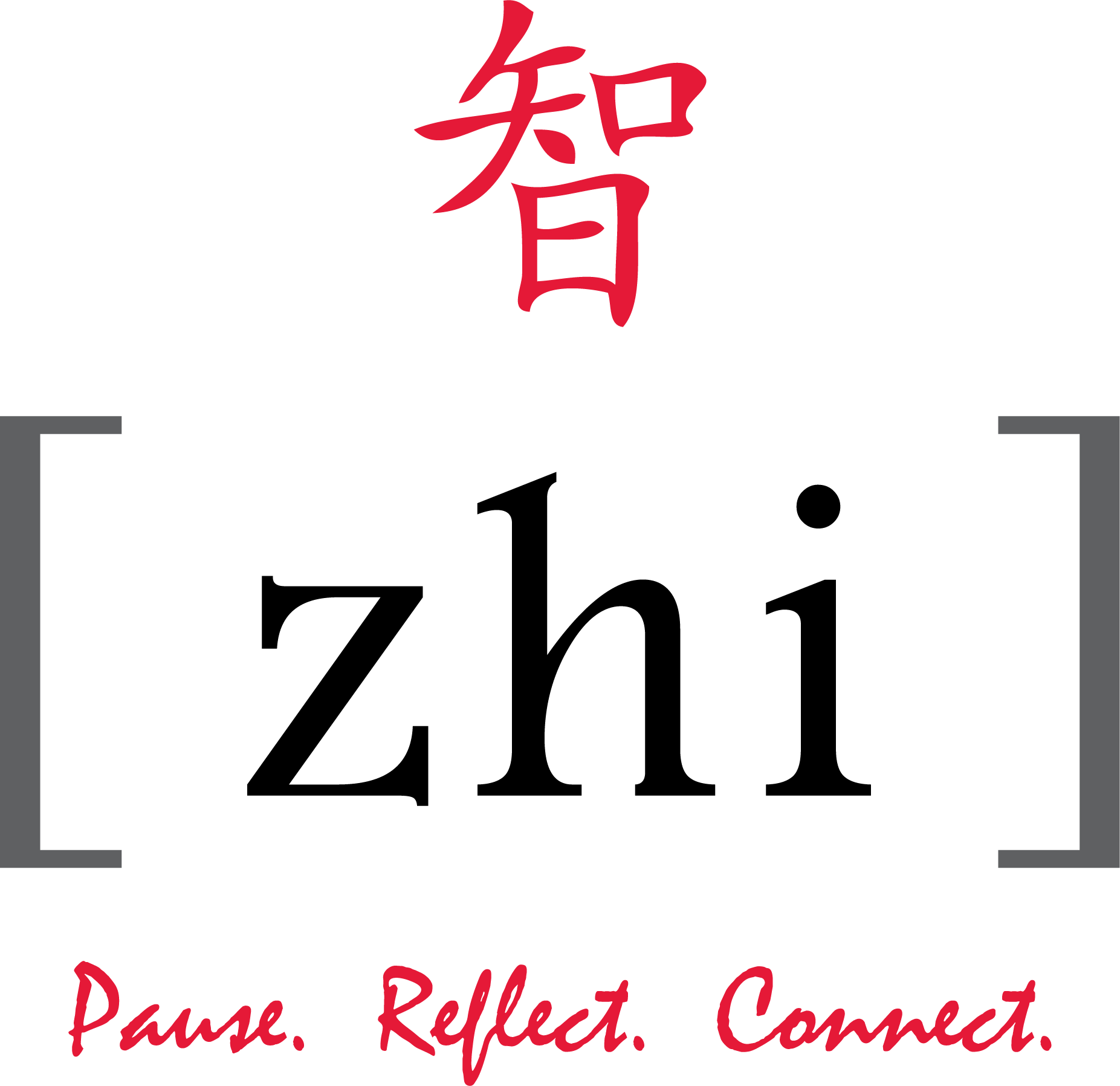ICED TEA & THE COLD BREW CONTINGENT
or
Before ice was cool it was water
June is National Iced Tea month and in honor of this holiday we'll be offering some deep knowledge and deeper discounts to help keep you intellectually and actually insulated in the impending summer months. So, while your sipping on that sweaty beverage we offer you some fodder from the pages of history. We're going to unearth how tea went from hot to cold in two easy moves. The story behind iced tea's transformation from Midwest flare to world class fare.
The idea of icing this beverage is as old and celebrated as the union of this fair country. However, the advent and origin are wildly debated. Cookbooks and confederacies touted the incorporation of cold cubes and crisp flavors as early as the 1840's. The Kentucky Housewife was one of the first periodicals to preach the gospel of this lovely libation calling it "Cold-Tea" and even articulating a recipe calling for "scalding" your kettle and then adding 2 teaspoons of green tea to it. Hard to believe given we see so much black tea these days, but then Chinese and Japanese green dominated the market prior to World War I & II.

However, the most widely distributed tout of truth brings us nearly half a century later at the St. Louis fair where, Richard Blechynden, director of the East India pavilion, became frustrated as he tried to offer samples of the hot stuff in the midst of the sweltering Midwest summer. His idea had not yet inoculated this beverage with sub-zero cubed delight; instead he channeled his brewed benevolence through a series of lead pipes immersed in ice resulting in a cool, refreshing beverage that tamed the tongues of fair goers alike.

Today, the newest of iterations have begun to emerge in the way of something known as "cold brewing". This is an idea that incorporates steeping the leaves of the tea for longer periods of time and at much lower temperatures to abide a full-strength non-ice necessitating refreshment. The resulting infusion lends itself to a softer, silkier palate and at full strength. Zhi Tea is proud to have been an early originator providing cold brew at zhitea.com since 2011 and we are overjoyed to see the trend taking off with a swift "can't stop won't stop" attitude.
As the summer season opens up and we find a revitalization in the newness of our own lives, perhaps cleansing the palate with the crisp and fervent flavors of an icy libation becomes necessary; something that reminds us of backyard barbeques, new beginnings and better times to come.





